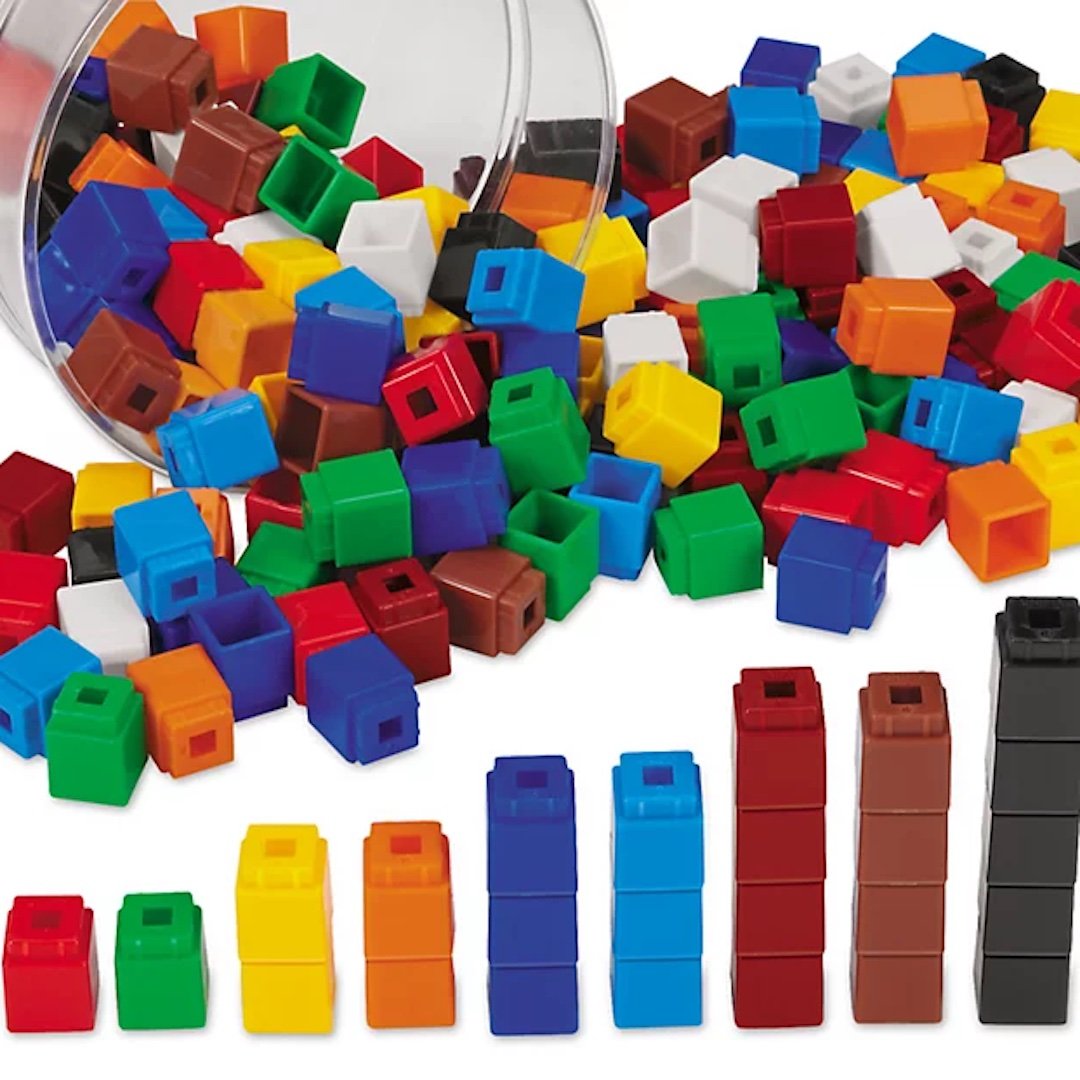Education Tips
This page shares simple education tips for parents. These suggestions are meant to help make the most of homework and study time.
Praising Effort & Process
To encourage children and teens to develop a growth mindset, it's important to praise effort and process, not intelligence or innate ability. By praising a child's effort, you are reinforcing the notion that success is built from hard work and dedication. This is true not only in academics, but in sports, music, art, or any other skill set. In practice, this may look like:
"You studied hard and look at how well you did!"
"A week ago you couldn't play that song, but you kept at it and now it sounds great!"
"You were all willing to sacrifice and work as a team. Now we’re champions!"
Getting Started with Writing
When early writers (grades 3-5) say they have no ideas to write about, often all they need is a little push to get started. Common expressions like 'I have no ideas' or 'I have no clue what to do' are typically exaggerations - these students usually have lots to say but struggle with how to initiate a text. Whether they're facing a narrative or expository writing assignment, helping them out with a starter sentence or even just the first few words will usually give them that spark they need!
Learning Mind Maps
Students need to work with or recall new concepts and information multiple times for it to stick in long term memory. Constant quizzes can get frustrating for obvious reasons. A good alternative to quizzing is having students create a Learning Mind Map. Essentially, this involves the student creating a mind map with a central topic and then connecting any words, ideas or concepts to that topic.
While this technique works well in the classroom, it can also be initiated by a parent at home. It can be done by hand or using a software like Bubbl, on a regular basis or just once in a while. Allow your child to be creative, use colours, or even simple images to represent what they know.
Be The Teacher
Having trouble with a new topic? Try being the teacher! Research suggests that any form of working with new information, for example making mind maps or writing summaries, can help us retain it in long term memory. One particularly effective approach is to try to teach that new information to somebody else. By breaking it down in your mind and then building it up piece by piece for your audience you will be strengthening your own memory of the key concepts and ideas. This can be a productive tactic for adult learning, university students, high schoolers, and even older elementary kids.
Math Manipulatives
A manipulative is a physical object or set of items that can allow students to learn and internalize a math concept by playing with it or manipulating it. A few common and popular examples of math manipulatives include base ten blocks, unifix cubes, pattern blocks, and fraction tiles.
While manipulatives are commonly used in elementary math classrooms, many are small, simple, and inexpensive enough that they can easily be used at home as well. Having a few key manipulatives at home to support homework time and reinforce math learning can be invaluable!
Self-Quizzing
For studying topics that depend largely on memory - certain areas of history, science, language, etc. - it's often not enough to simply re-read textbook sections and notes. Self-quizzing is a proven strategy to help reinforce long-term memory and get those facts, concepts, and verbs to stick in your brain for good! For younger students, this can be done by having a parent or sibling quiz them periodically leading up to a test. For older students, this can often be done independently by re-writing answers to key questions or descriptions of concepts and then checking if it's right.
Shared & Guided Examples
The very common Gradual Release of Responsibility approach to teaching includes a few key steps: model, shared, guided, and independent. If you're working with your child at home, and he or she doesn't quite have a concept yet, it's important to not forget about those middle steps!
Show your child how to subtract properly by working through a few examples. Then, complete a few more together - both you and your child are writing it out simultaneously, on separate papers, discussing each step as you go. This is referred to as shared, or guided, work, and it's instrumental in helping a learner get a feel for how a new technique works.
Times Tables & Research
The dreaded times tables, a frustration for parents and kids alike! It pretty much comes down to drilling and memorization. So, how can you make the most of your child's study time and make it less painful for both of you?
Firstly, spacing out practice is far better than large blocks. In other words, don't go for 20 minutes once a week, go for 5 minutes three or four times a week. Most recent learning and memory research suggests this leads to much greater lasting gains over time.
Secondly, self-quizzing (or parent-quizzing) is key. Literature suggests a 40% review / 60% quizzing balance. In other words, a student should spend 2 out of those 5 minutes reviewing times tables directly and 3 minutes self-quizzing or being quizzed by a parent, with immediate feedback.
Editing Your Child’s Work
Grade 4-6 students' thoughts often flow faster than their hands. It's pretty common to find spelling and grammatical errors that are caused by working too quickly, not a lack of knowledge. As a parent, if you're reviewing your child's written work and you find mistakes, underline them first, but don't actually correct them! Give your child a chance to slow down, review the noted errors, and fix them up him or herself. If you have time for a second pass, edit the remaining errors while explaining to your son or daughter what each mistake is. Remember, at that age it's all about the learning process, not the final product.
Interleaving Content
Want to make the most of your, or your kid's, study time? Try interleaving content. Basically, this means jumping across subjects often, rather than using large blocks of time focused on one subject area. What does this look like in practice? Let's say a high school student has upcoming tests in math, science, and history, and he or she has 90 minutes of study time on three nights in a row. Interleaving would mean aiming for 30 minutes of studying each subject on each night. Hence purposely alternating between the content, rather than having a full 90 minutes of one subject on each night. While this may seem less effective on the surface, the science backs it up: interleaving in this manner yields greater retention of new knowledge in the medium and long term.
Continue Exploring Parent’s Corner
Go to: Ed-450 Blog
Go to: Adult Book Recommendations
Go to: Kids Book Recommendations
Return to: BKLearning Home Page










